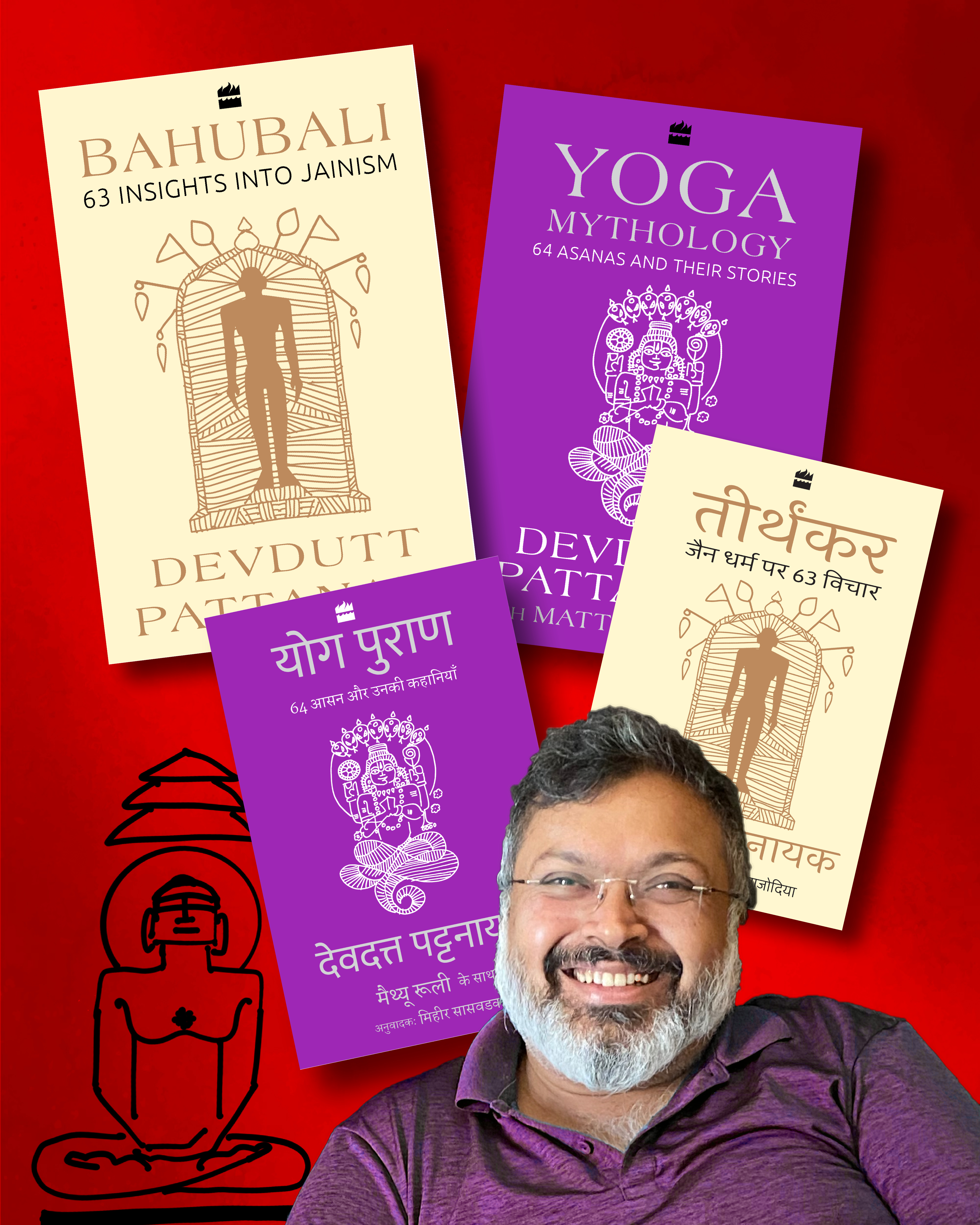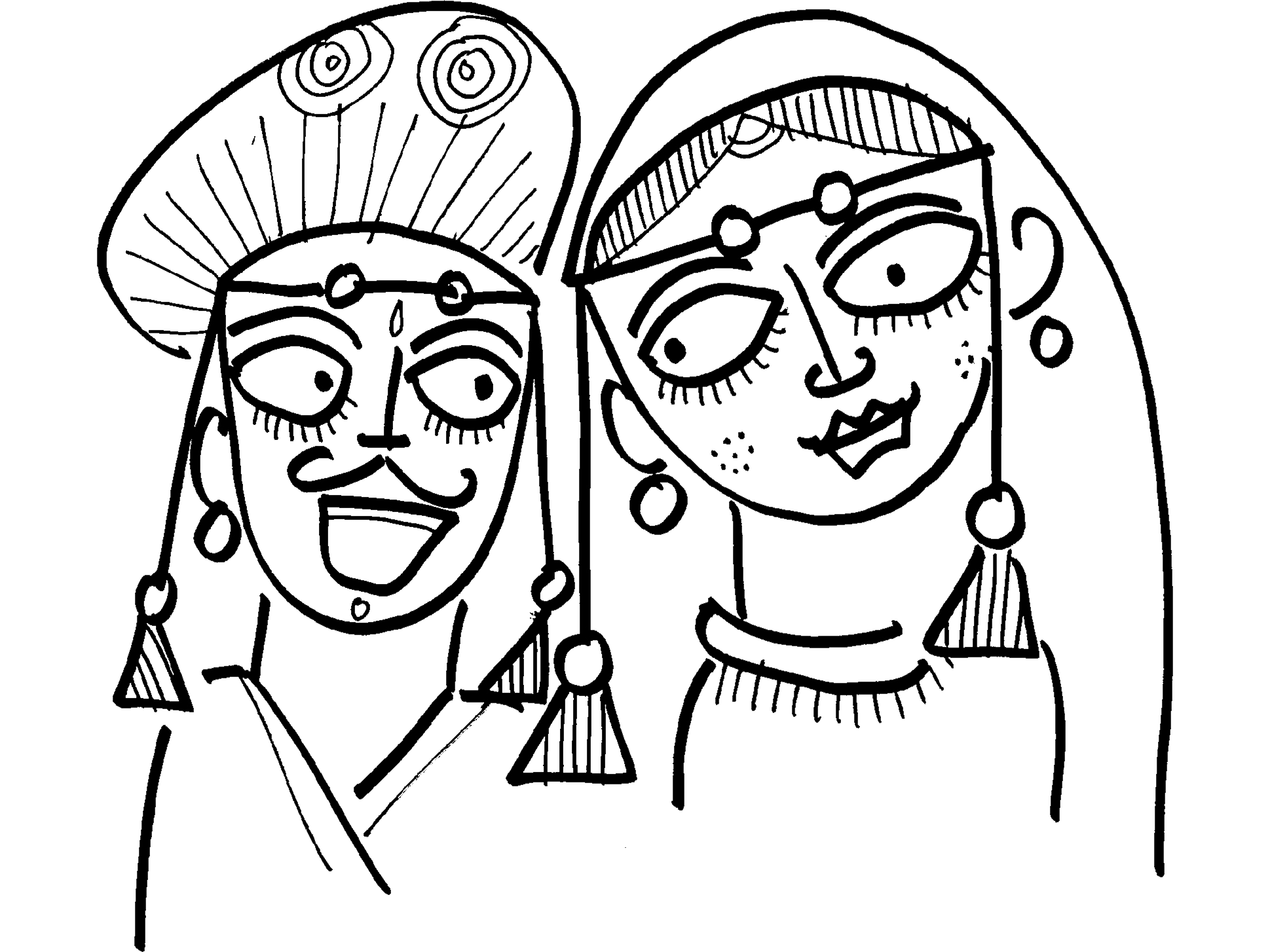Published on 31st December, 2022, in Times of India.
To appreciate the history of Africa, we have to study the history of its many tribes. To appreciate the history of India we have to study its many castes. Not the caste system. Just castes – what foods were prepared by different endogamous groups, what kind of clothes they wore, what vocations they followed, where they migrated, who they worshipped, what language they spoke.
However, academicians shy away from studying castes as they will be seen as casteist. Politicians and activists allow only condemnation of caste, and mock all enquiry into caste. This prevents us from understanding Indian culture in its totality.
Brahmin migration
Let’s take the example of the Brahmins. The assumption is Brahmins have existed in every corner of India for thousands and thousands of years. But this is not true.
TheRig Veda talks of a geography that is restricted to the PunjabHaryana region, with more references to the rivers near the Indus Valley and very few references to the rivers in the Gangetic plains.
However, later Vedic literature, such as Brahmana and Upanishad , speaks of the spread of Vedic culture along what is today called Uttar Pradesh and towards what is now called Bihar, which means as Vedic culture spread, Brahmin communities started emerging in the Gangetic plains around 3,500 years ago.
How then did these Brahmins reach Kerala? When did they reach Kerala? If we study local legends, we are told that it is Parshuram who brought Brahmins to Kerala. This legend is not more than 300 years old.
As per historical inscriptions and copper plates that speak of land grants to Brahmin communities, we know the Brahmin migration to Kerala happened around the eighth century AD, so 1200 years ago. Not before.
The idea of Brahmins migrating is known in Mahabharata and Ramayana , but it is not part of the imagination. The epics speak of rishis (sage, saints) travelling to different parts of India. We hear of Dirghatama whose children become kings of Bengal and Odisha and Assam. Jamadagni, Gautama, Atri and Agastya are associated with the Narmada, Godavari, Krishna and Kaveri river basins.
In stories, these Brahmins often marry daughters of local kings. They are, thus, related to the royal family and receive royal favours. They become what Brihaspati is to Devas and Shukra is to Asuras.
North to south
Historical documentation emerges with literature like Kalhana’s Rajatarangini written in 12th century Kashmir, which talks about Pancha Gauda Brahmins, referring to North-Indian Brahmins, and Pancha Dravida Brahmins. The Pancha Gauda Brahmins are Saraswat (Kashmir, Punjab), Kanyakubja (Gangetic), Gauda, Utakala (Odisha) and Mithila (Bihar). The Pancha Dravida are Gurjara (includes Rajasthan), Maharashtrika, Karnataka, Tailanga, and Dravida (for Tamil and Kerala).
According to the oldest census conducted in 1931, Brahmins accounted for about 4% of the entire population, with maximum numbers in Uttar Pradesh –12% – even more in the hilly regions of Uttaranchal, where Brahmins took refuge after the Islamic invasion of the 12th century. Nepal was another place where many Brahmins took shelter.
These Brahmins who served courts even took Hindu ideas to Vietnam, Cambodia, and Java from the 3rd century onwards. This stopped after sea travel was banned in the Dharma-shastra, which declared that sea travel leads to ‘loss of caste’, from around 12th century CE.
In Kerala and Tamil Nadu, the minority Brahmins controlled maximum land directly and indirectly via temples. The practice of giving land to temples and to Brahmins is recorded from around the 3rd century AD. These lands were called Deva-bhoga and Brahmadeya.
In Kerala, only the eldest son could inherit Brahmin lands, and so younger sons had to seek employment elsewhere. They hoped to be son-in-laws in affluent non-Brahmin families.
Kerala folklore is full of tales that inform us how children of Brahmin fathers are brilliant, no matter who the mother is, and no matter which family they are raised in. Parayi Petta Panthirukulam, a collection of stories, tells us how Vararuchi begets many children with his ‘low’ caste wife but asks her to abandon them. They are raised by different caste groups and each one turns out to be a genius.
We know that kings of India invited Brahmins from other parts of India when they did not get support from local kings. In the Vijaynagar Empire, and much of South India, there was great rivalry between Smarta Brahmins and Sri Vaishanava Brahmins.
There were many sects that were fiercely territorial in ritual, political and economic matters. Sena kings invited Kanyakubja Brahmins, which gave rise to the Kulin Brahmin system. As late as the 17th century, Chatrapati Shivaji Maharaj invited Vedic Brahmins from Banaras to perform his coronation ceremony as many local Brahmins were hostile to this idea.
So the history of Brahmins will talk about migration from the north to the south to different parts of India. Brahmin and Vedic culture did not emerge from the earth; it came with migrants from the Gangetic plains.
Varied occupations
While traditionally Brahmins moved out of Muslim territory, certain Muslim kings encouraged Brahmin bureaucrats – and we see that in Kashmir. The number of Brahmin bureaucrats also increased in some of the Mughal courts. This happened in places where Muslim kings did not trust Muslim courtiers, and wanted a non-Muslim buffer zone in the court between the throne and the people.
Brahmins often faced competition from Kayastha communities who were traditional non-Brahmin bookkeepers. This rivalry continues even today in political circles, most evident in state politics of Odisha and Maharashtra.
We must not forget that the Peshwas who were also Brahmins – which means the Brahmins took up arms and became rulers in later periods. These Brahmins claimed to have been ‘created’ by Parashuram just justifying their role as de-facto rulers.
The idea of the soldier-Brahmin became popular in the 17th century. In Odisha, images of the armed Nagarjuna are supposed to represent legendary Parashurama as well as historical warriorascetics inspired by Adi Shankara, who defend pilgrim sites from Muslim hordes. Mangal Pandey of 1857 fame was a Brahmin soldier in the East India Company’s army, revealing how Brahmins were taking up new occupations as not all Brahmins had access to education and jobs in the bureaucracy.
While some Brahmins served as temple priests, many were landowners, others were experts (shastri) in astrology, administration, legal and financial matters, which enabled them to work as courtiers in royal courts and as clerks with traders.
Many weavers and musicians identify themselves as Brahmins but are considered ‘lower’ Brahmins compared to the ‘higher’ educated Brahmins in the Vedas and Shastras. These communities were given Brahmin status in order to access the temple.
As many tribal priests were incorporated into Hindu fold, they too were made ‘lower’ Brahmins as we find in temples of Jagannath, in Odisha. There are folktales of their daughters marrying local Brahmin migrants.
Brahmins who performed funeral rituals were called ‘lower’ Brahmins. Thus, there was an internal hierarchy between Brahmins. In Dharma-shastra , the temple priest was lower than the Brahmin who performed fire-rituals and knew the Vedas.
All this reveals the diversity of the Brahmin community on historical, geographical and vocational grounds. Imagine what more diversity exists in other communities and caste-categories (varna) of India.











